
1. The Stakes Are High: Why Data Protection Is Non-Negotiable
1.1 The Cost of Data Loss
- Financial Impact: Professional photographers and videographers can charge $100–$500 per hour. Losing a single shoot can translate into thousands of dollars in lost revenue.
- Emotional Toll: Travel memories capture irreplaceable experiences—sunset timelapses, candid local interactions, wildlife encounters. When those files vanish, they’re gone forever.
- Reputational Damage: Brands and clients expect reliable deliverables. Missed deadlines or incomplete assets can erode trust and future opportunities.
1.2 Unique Challenges for Travelers & Creators
- Unpredictable Environments: Remote locations often lack stable power or connectivity. Hardware can be exposed to dust, moisture, and rough handling.
- Varying File Types & Sizes: From 5GB 4K video clips to hundreds of high-resolution RAW photos, file sizes and formats vary widely—requiring flexible tools.
- Limited Local Resources: In-field backups may rely on portable drives or limited Wi-Fi. Cloud uploads can be slow or unavailable.
To navigate these obstacles, you need solutions designed for mobility, speed, and reliability.
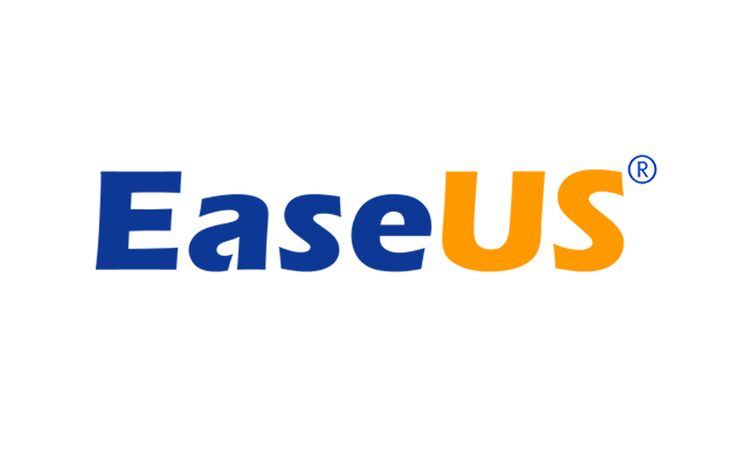
2. EaseUS Data Recovery Suite: The Swiss Army Knife
EaseUS tops our list for its comprehensive, integrated approach—offering everything from emergency recovery to scheduled backups and disk management.
2.1 Product Breakdown
| Tool | Function | Platform |
|---|---|---|
| Data Recovery Wizard | Recover deleted, formatted, or corrupted files | Windows, macOS |
| Todo Backup | Automated and manual backups; system cloning | Windows |
| Partition Master | Resize, merge, migrate, and wipe disk partitions | Windows |
| MobiSaver | Recover mobile data (photos, messages, contacts) | Windows, macOS |
| WinPE Recovery Media Builder | Create offline boot media for unbootable systems | Windows |
Key Features & Benefits
- Emergency Data Rescue
- Quick & Deep Scan Modes: Recover lost files in minutes or dive deeper for stubborn data.
- RAW Format Support: Ideal for photographers—recover CR2, NEF, ARW, and more.
- Portable Deployment: Run Recovery Wizard directly from a USB drive—no installation needed on critical systems.
- Seamless Backup & Cloning
- Incremental & Differential Backups: Save storage space and network bandwidth with efficient backup methods.
- Full System Image & Disk Clone: Migrate entire OS and applications to new drives or SSD upgrades without reinstalling.
- Cloud Integration: Sync backup images to Dropbox, Google Drive, or OneDrive for off-site redundancy.
- Disk Management & Maintenance
- Dynamic Partitioning: Resize, move, and merge partitions without data loss—maximizing available space.
- Secure Wipe: Permanently erase sensitive data before selling or disposing of drives.
- WinPE Boot Media: Recover from hardware failure or system crash by booting an offline environment.
Real-World Use Case: Mountain Expedition
Scenario: A filmmaker documentaries remote mountain tribes using a mirrorless camera, backing up to a 2 TB external SSD each evening. On day 7, the SSD reports corruption and refuses to mount.
Solution: Using EaseUS Recovery Wizard on a portable USB stick, a Quick Scan retrieves recently shot MP4 files within minutes. Next, a Deep Scan salvages older RAW photos. Finally, Todo Backup clones the recovered files to a new SSD, and Partition Master reallocates storage for optimized workflow.
2.2 Pricing Overview
- Data Recovery Wizard Free: Recover up to 2 GB with no cost.
- Pro License: $69.95/year or $99 lifetime for unlimited recovery.
- Todo Backup Home: $39.95/year for full backup features.
- Partition Master Professional: $19.95 lifetime.
- Bundle Discounts: Combine multiple tools and save up to 50%.
2.3 Pros & Cons
| Pros | Cons |
| All-in-one ecosystem | Windows‑focused; macOS limited to recovery & mobile tools |
| Portable recovery options | Separate licenses per product |
| Professional format support | Requires proactive planning & setup |
| Cloud integration for remote backups | No built-in mobile app for backup scheduling |
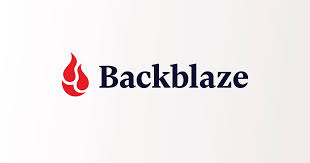
3. Backblaze: The Cloud Nomad’s Best Friend
When consistent Internet access is available, Backblaze offers unlimited cloud backups at an unbeatable price.
3.1 Core Offerings
- Unlimited Backup: Back up any volume of data for $7/month per computer.
- Continuous & Automatic: Once installed, backups run seamlessly in the background.
- Web & Mobile Restore: Access and download individual files or entire archives via browser or app.
- Versioning & History: Retain up to 30 days of file versions; optional add-on extends to one year.
- Restore by Mail: Receive a USB drive or hard disk containing your data for $99.
Ideal Scenario: Urban Creative
Scenario: A digital illustrator works from co-working spaces with reliable fiber Internet. Their project files (AI, PSD) accumulate to 1 TB.
Solution: Backblaze auto-uploads new assets to the cloud, ensuring off-site backups. Version history allows rollback after accidental file corruption.
3.2 Pricing & Considerations
- $7/month per computer for unlimited data.
- 30-day version history included; extended retention at $2/month per computer.
Drawbacks
- Dependent on network speed for restores.
- No local backup option—your sole copy is off-site.

4. Acronis True Image: Security‑First Hybrid Backups
Acronis True Image blends local and cloud backups with advanced security features—ideal for creators handling sensitive content.
4.1 Feature Highlights
- Disk Imaging & Clone: Bare-metal restore and drive migration.
- Ransomware & Malware Protection: Active defense integrated into backup workflows.
- Hybrid Storage: Save backups locally and to Acronis Cloud (1 TB included).
- Active Protection: Stops unauthorized encryption or tampering.
- Mobile Backup: Apps for Android and iOS to sync camera roll automatically.
Use Case: High‑Security Projects
Scenario: A journalist covering political unrest needs encrypted backups of video interviews.
Solution: Acronis True Image’s ransomware protection secures local SSD backups, while encrypted cloud sync ensures off-site safety.
4.2 Pricing Tiers
- Essentials: $49.99/year, local backup only.
- Advanced: $69.99/year, includes 500 GB cloud.
- Premium: $99.99/year, 1 TB cloud plus blockchain notarization.
Challenges
- Higher cost compared to single-purpose tools.
- More complex UI may intimidate casual users.
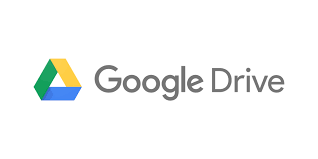
5. Google Drive & Google Photos: Ubiquitous & Collaborative
Leverage Google’s ecosystem for integrated backup, sharing, and AI-driven organization.
5.1 Service Details
- Google Drive: 15 GB free across Drive, Gmail, and Photos; paid plans from $1.99/month (100 GB).
- Google Photos: Unlimited “High Quality” (compressed) media or counts against Drive for “Original Quality.”
- Desktop App (Drive for Desktop): Sync folders on PC/Mac automatically.
- Collaboration Tools: Share folders with clients or team members.
Appropriate Use Case: Remote Collaboration
Scenario: A travel vlogging duo shares raw video clips and graphics across continents.
Solution: Google Drive folder sync keeps both editors up to date. Google Photos indexes behind-the-scenes snaps for social media teasers.
5.2 Pros & Cons
| Advantages | Limitations |
| Ubiquitous across devices | Version history only 30 days |
| AI-powered search and albums | Compressed backups reduce quality |
| Collaborative sharing and permissions | Costs mount for large archives |
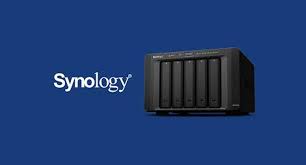
6. Synology NAS + Synology Hyper Backup: The Self‑Hosted Powerhouse
For creators with home studios or small offices, a Synology NAS delivers local speeds and hybrid cloud capabilities.
6.1 Feature Set
- Disk Volumes & RAID: Protect data from drive failures.
- Snapshot Replication: Instant rollback points at the filesystem level.
- Hyper Backup: Multi-version backups to local volumes, rsync servers, or cloud providers (C2, AWS S3).
- Mobile Apps: DS File and Moments for on-the-go access.
Ideal Environment: Home Studio
Scenario: A photography collective processes large RAW files and needs shared access and versioned backups.
Solution: NAS stores master files on RAID; Hyper Backup syncs to Synology C2 and remotes for off-site redundancy.
6.2 Investment & Maintenance
- Hardware cost: NAS enclosure ($200–$600) + drives ($50–$100 each).
- Setup complexity: Network configuration, user permissions, firewall rules.
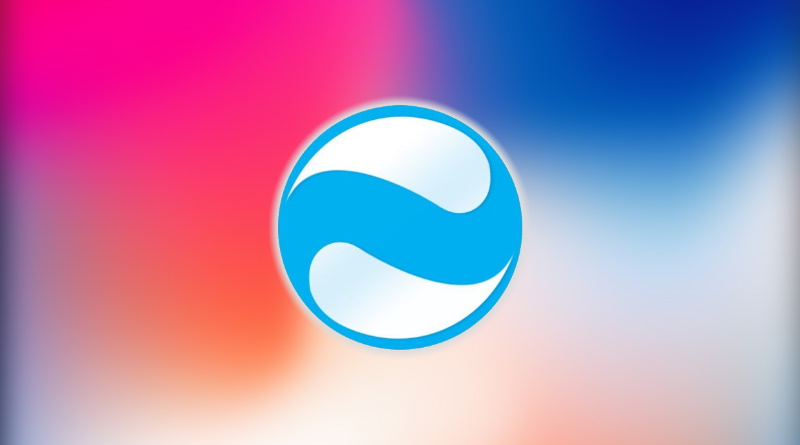
7. Syncios Mobile Manager: Emergency Mobile Exports
When cloud sync fails, Syncios offers a lightweight Windows app for quick phone-to-PC transfers.
7.1 Capabilities
- Selective Exports: Photos, videos, music, and contacts.
- App Backup & APK Management: Save and reinstall APKs.
- SMS & Call Logs: Export to readable formats.
Quick Fix Scenario
Scenario: No Wi-Fi in a rural location, but you need to offload hundreds of high-res photos before your battery dies.
Solution: Connect via USB, launch Syncios, and export the camera roll in minutes.
7.2 Drawbacks
- Windows-only tool—macOS unsupported.
- Lacks automated scheduling and incremental exports.
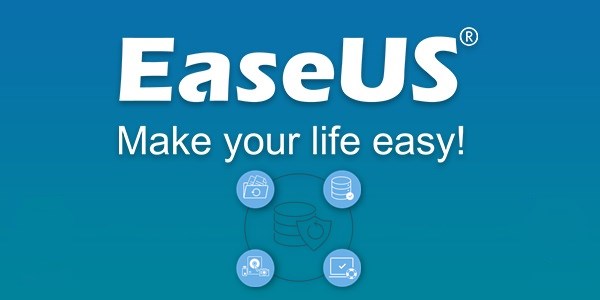
8. Architecting a Bulletproof Data Strategy
Relying on a single tool or location is a recipe for disaster. Instead, combine multiple solutions in layered defenses:
- Primary Local Backups
- Use EaseUS Todo Backup or Acronis to image your workstation or portable SSD nightly.
- Secondary In-Field Recovery
- Carry EaseUS Data Recovery Wizard on a USB stick for immediate rescue of corrupt media.
- Cloud Off-Site Backups
- Subscribe to Backblaze or use Google Drive for automatic off-site copies.
- Self‑Hosted Archive
- Maintain a Synology NAS at home for versioned backups and team collaboration.
- Mobile Device Sync
- Leverage MobiSaver and Google Photos for smartphone content.
By distributing copies across local, on-site, and cloud destinations, you minimize single points of failure. Regularly test restores to ensure integrity.
9. Frequently Asked Questions
Q1: Can I recover data from a formatted SD card?
Yes—tools like EaseUS Recovery Wizard and PhotoRec can reconstruct formatted partitions if data hasn’t been overwritten.
Q2: How often should I run backups?
Aim for daily incremental backups and weekly full backups. For critical projects, consider real-time or hourly synchronization.
Q3: Will recovery software overwrite my original files?
No—reputable tools perform read-only scans and write recovered data to separate destinations.
Q4: What about ransomware?
Choose solutions with built-in anti-tamper or versioning (Acronis, Synology snapshots) to roll back encrypted files.
Q5: How do I recover on an unbootable system?
Create a WinPE or Linux-based boot media (EaseUS WinPE Builder, Acronis rescue USB) and run recovery offline.

10. Conclusion
For travelers and content creators, data loss isn’t hypothetical—it’s a harsh reality that can upend careers and erase precious memories. The tools covered here form a comprehensive arsenal:
- EaseUS: The Swiss Army knife—recovery, backup, partitioning, and mobile rescue in one ecosystem.
- Backblaze: Unlimited, set-and-forget cloud backups.
- Acronis True Image: Hybrid local-cloud backup with security enhancements.
- Google Drive & Photos: Collaborative, AI-driven media management.
- Synology NAS: Powerful self-hosted hybrid solution.
- Syncios Mobile Manager: Emergency mobile exports without Internet.
By adopting a multi-layered strategy—combining on-site imaging, in-field recovery, cloud redundancy, and periodic test restores—you build a resilient framework that travels as far as you do. Start today: assess your workflow, choose the right tools, and never let data loss derail your adventures again.

